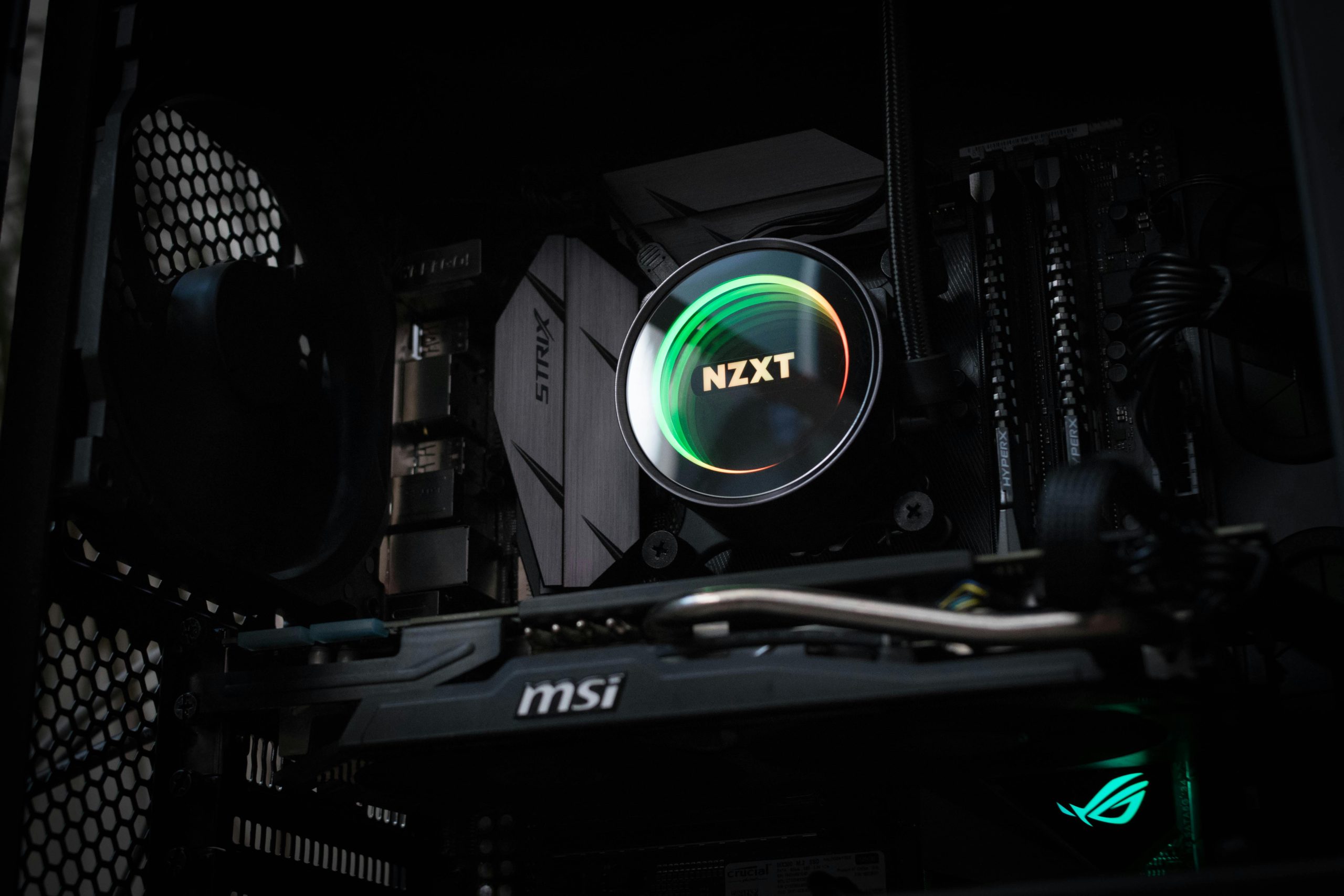Troubleshooting Secure Boot Issues on ASUS ROG Strix B550-F Gaming (Wi-Fi) Motherboard
If you’re experiencing difficulties enabling Secure Boot on your ASUS ROG Strix B550-F Gaming (Wi-Fi) motherboard, you’re not alone. Many users encounter challenges when configuring BIOS settings to support Secure Boot, especially when preparing for upcoming events like new game beta releases that require it. Below, we explore common issues, potential causes, and practical solutions based on real-world experiences.
Your System Specifications
- Processor: AMD Ryzen 5 5600X (6 cores, 12 threads, 3.7 GHz)
- Motherboard: ASUS ROG Strix B550-F Gaming (Wi-Fi)
- Operating System: Windows 10 Home
- Graphics Card: NVIDIA RTX 3070
- Storage: 1TB SSD (Windows installed here)
The Challenge: Enabling Secure Boot
The primary motivation for enabling Secure Boot was to ensure compatibility with upcoming BF6 beta, which enforces security protocols at the BIOS level and might block the game from launching if Secure Boot is disabled.
Initial Observations:
– When checking msinfo32, Secure Boot appeared as “Not Supported.”
– Attempted to switch the OS type in BIOS from “legacy” to “UEFI.”
– Noticed secure boot keys were pre-installed, though they seemed to be at default and could not be reset or reinstalled.
– Changing Secure Boot options did not reflect the expected status in msinfo32.
Common BIOS Configuration Steps & Challenges
-
Switching to UEFI Mode:
Changes from Legacy to UEFI are often necessary for Secure Boot. However, if the drive was originally formatted in MBR (Master Boot Record) mode, switching to UEFI can cause boot issues. -
Managing Secure Boot Keys:
Secure Boot relies on Platform Keys (PK), Key Exchange Keys (KEK), and signer databases. If the system has existing keys or is set to “Default” keys, manually reconfiguring might be required. -
Disabling Compatibility Support Module (CSM):
Disabling CSM (Compatibility Support Module) is often needed for a pure UEFI setup. However, doing so can trigger boot loops or make the system unbootable if the drive isn’t configured accordingly.
Common Causes and Troubleshooting Strategies
**1. Storage Device Format
Share this content:



